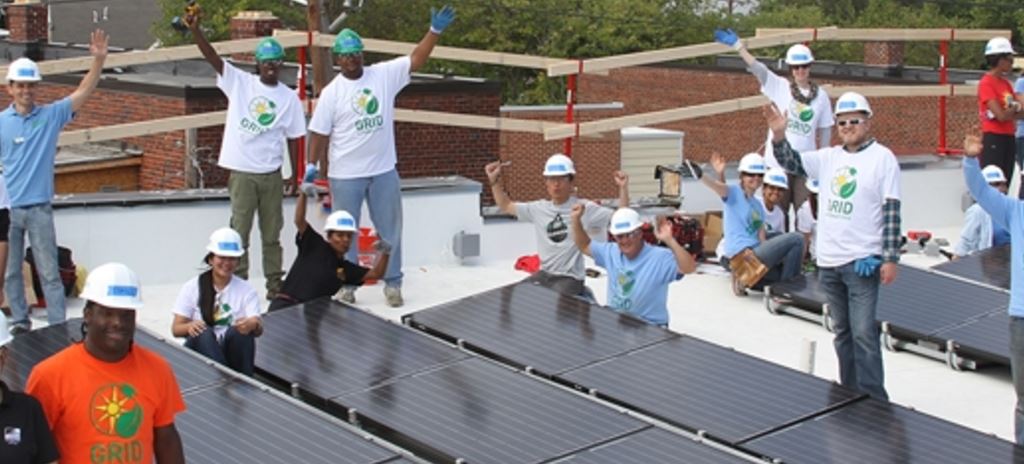When widespread electricity usage was becoming a commercial reality in the late 19th century, at issue was how electrons were to be generated and delivered. The Thomas Edison-commercialized direct current (DC) concept of localized systems sprang out of the gate, to be overtaken by the farther flung yet more centralized alternating current (AC) system popularized by George Westinghouse.
Over a century later, a combination of new technologies and changing environment has led to an innovative, if not revolutionary, “third way”, called non-wire alternatives or Non-Wire Solutions (NWS). Described in a Solar Energy Industries Association (SEIA) White Paper, NWS has the practical result to “allow utilities to defer or avoid conventional infrastructure investments by procuring distributed energy resources (DER) that are lower cost and have lower emissions while maintaining or improving system reliability and resilience”.
NWS, while in existence for over twenty five years, is now accelerating by positive and negative factors. On the plus side are ever cheaper and more reliable DER applications, including solar PV and energy storage, but also a breakthrough in information technologies that make forecasting, monitoring and transactions cheaper and more reliable. On the negative side is increased stress on an increasingly antiquated power system due to climate change-related extreme weather, as well as power usage cases requiring greater precision and quality.
The SEIA paper illustrates case studies from California and New York that show efforts to change business-as-usual practices from utilities. Instead of traditional power plant, transmission or substation offerings, solar, energy storage, customer-sided and innovative utility-sided “location-specific” DER were proposed and deployed.
Like the promise of PV, the SEIA paper notes that the technologies and economics of NWS are less of an issue than policy and practice. In the New York case study, more PV could have been deployed had there been a longer development cycle. On a broader basis, issues such as tariffs, customer ownership and environmental justice need to be hard-wired into the NWS process.
Looming larger is how the utility business model and regulatory process will be able and willing to incorporate NWS to be more than window dressing to look progressive. Could NWS, deployed thoroughly enough, save the century-old utility regulation model from widespread customer defection?
This content is protected by copyright and may not be reused. If you want to cooperate with us and would like to reuse some of our content, please contact: editors@pv-magazine.com.








By submitting this form you agree to pv magazine using your data for the purposes of publishing your comment.
Your personal data will only be disclosed or otherwise transmitted to third parties for the purposes of spam filtering or if this is necessary for technical maintenance of the website. Any other transfer to third parties will not take place unless this is justified on the basis of applicable data protection regulations or if pv magazine is legally obliged to do so.
You may revoke this consent at any time with effect for the future, in which case your personal data will be deleted immediately. Otherwise, your data will be deleted if pv magazine has processed your request or the purpose of data storage is fulfilled.
Further information on data privacy can be found in our Data Protection Policy.